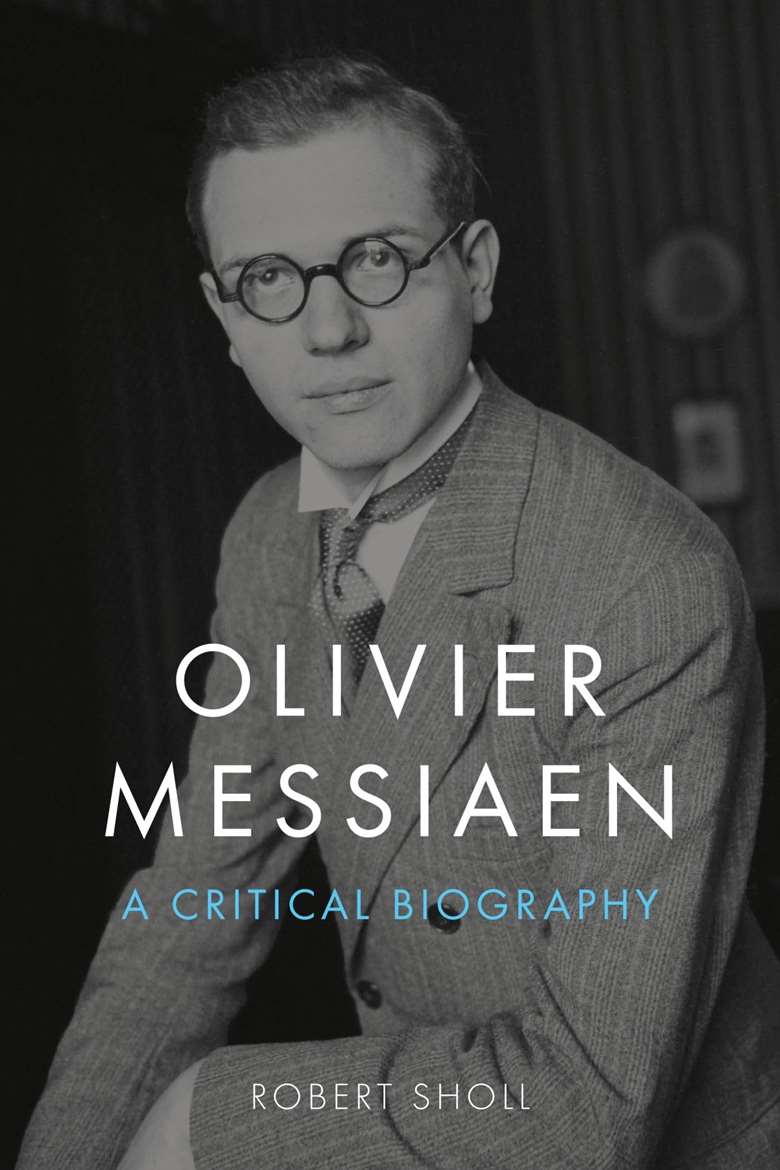Book review - Olivier Messiaen (A Critical Biography) By Robert Sholl
Nigel Simeone
Friday, August 9, 2024
This is a book that manages to say a great deal in relatively few words

Register now to continue reading
Thanks for exploring the Gramophone website. Sign up for a free account today to enjoy the following benefits:
- Free access to 3 subscriber-only articles per month
- Unlimited access to our news, podcasts and awards pages
- Free weekly email newsletter







